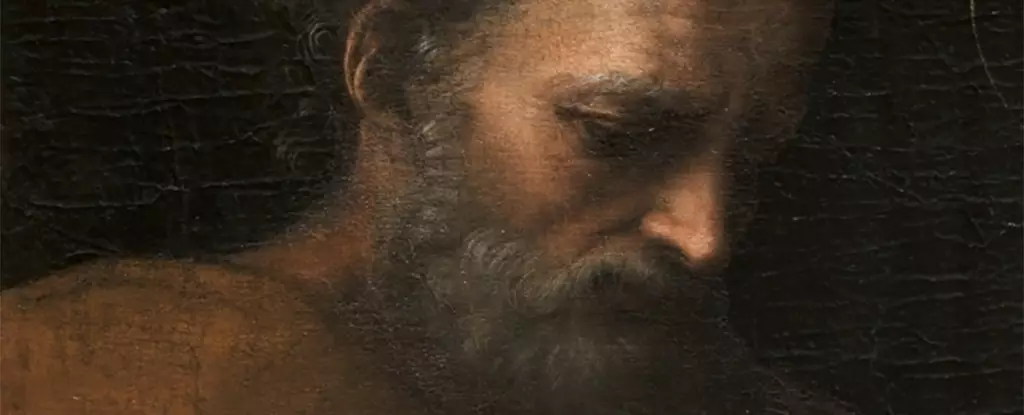The integration of artificial intelligence (AI) in the realm of art analysis is a groundbreaking development that has the potential to reshape our understanding of historical masterpieces. One of the most striking examples of this is the scrutiny of Raphael’s renowned work, the Madonna della Rosa. Recent advancements in AI technology have uncovered new layers of complexity regarding the authenticity of the figures in this painting, specifically questioning the authorship of St. Joseph’s face. This not only ignites debate within the art community but also demonstrates the innovative ways technology can contribute to the field of art history and conservation.
Insights from AI Analysis
Researchers from the UK and the US embarked on an ambitious project that utilized a custom AI algorithm to dissect Raphael’s artistic style at an unprecedented level. By employing deep feature analysis, they trained their machine learning model using a substantial database of authenticated works by Raphael, allowing the AI to identify nuanced details such as brushstrokes, color palettes, and shading techniques. Mathematician and computer scientist Hassan Ugail from the University of Bradford highlighted the intricacies of this approach, noting, “The computer sees far more deeply than the human eye, to microscopic level.” This revolutionizes how we approach art analysis, providing us with tools that can observe and interpret details often missed by human experts.
However, this raises questions about the reliability of machine learning in the arts. While the AI has demonstrated a strong accuracy rate of 98% in identifying Raphael’s paintings, it heavily relies on pre-existing data sets. This constraint highlights the challenges faced by art historians, especially concerning works with a limited number of authenticated examples. The methodology employed in this study, using variations of established algorithms (like ResNet50) and support vector machines, speaks volumes about the complexity and potential pitfalls of machine learning applications.
The research team applied its AI to examine the Madonna della Rosa, focusing specifically on individual elements rather than just the piece as a whole. Through meticulous analysis, the AI identified St. Joseph’s face as potentially being created by a different artist, contrasting sharply with the other figures in the painting, which bore clear marks of Raphael’s distinct style. This finding aligns with historical skepticism around the authenticity of the painting that dates back to the mid-1800s, showcasing how technology can affirm long-held suspicions.
This nuanced understanding forces contemporary scholars and art critics to reconsider the origins of artworks and engage in deeper discussions regarding the influence of Raphael’s students, particularly Giulio Romano, who may have contributed to this piece. The implications of these findings are significant, not just for Raphael’s artistry but also for the way we attribute value and recognition in the world of art.
While this particular study has revealed critical insights about the Madonna della Rosa, researchers caution against viewing AI as a replacement for human expertise in art evaluation. Ugail emphasizes that “this is not a case of AI taking people’s jobs.” Instead, the role of AI in art scholarship should be seen as complementary, aiding experts in authentication processes that also involve a comprehensive examination of provenance, material composition, and historical context.
As AI continues to evolve, its applications in the art world will undoubtedly expand. Experts can leverage these technologies to analyze more artworks over broader scopes and tackle more intricate questions regarding authorship and authenticity. The collaboration between AI capabilities and human intellectual rigor may establish a new standard in art conservation, leading to more informed conclusions and enriching our appreciation of classical masterpieces.
The intersection of artificial intelligence and art history is paving the way for revolutionary discoveries in understanding and preserving iconic artworks. As demonstrated with Raphael’s Madonna della Rosa, AI can unveil details previously concealed from human perception, offering fresh perspectives on established works. The potential for technology to collaborate with human creativity in analyzing art signifies a transformative era, setting the stage for an enriched appreciation of the ingenuity found within the artistic legacy of history.

Leave a Reply